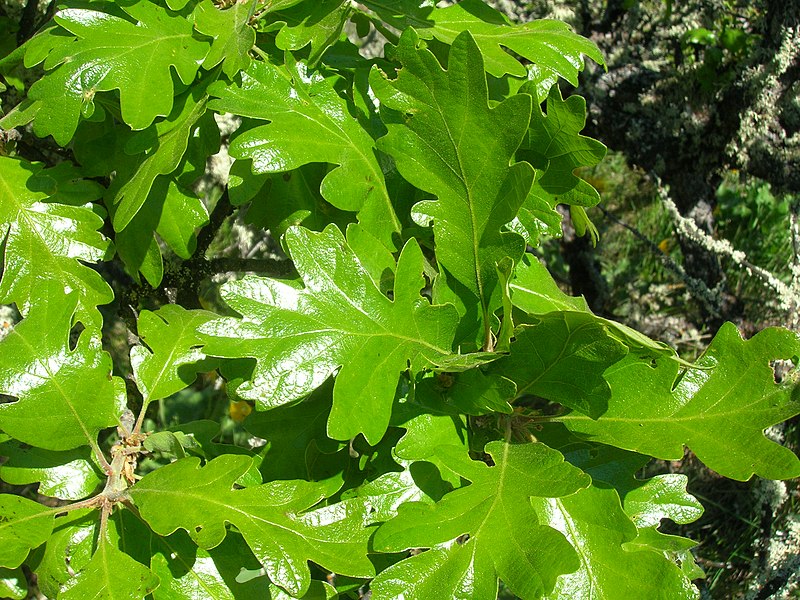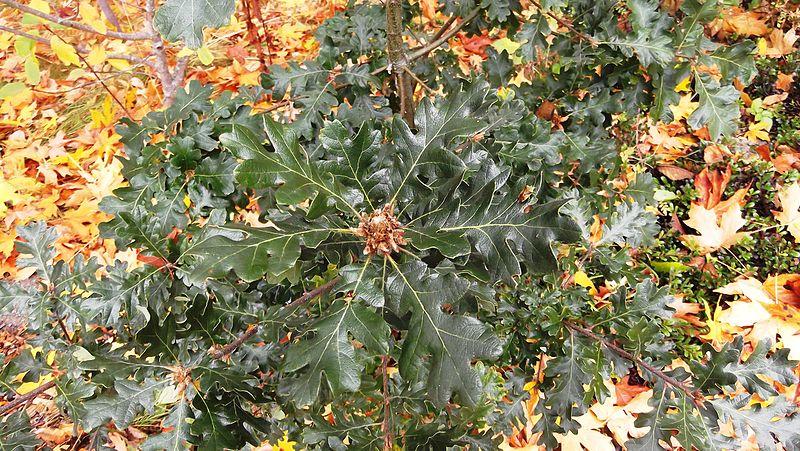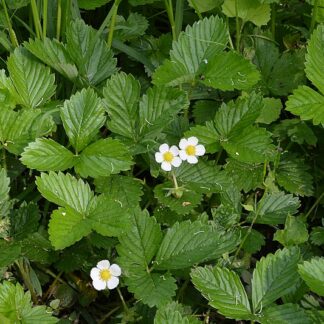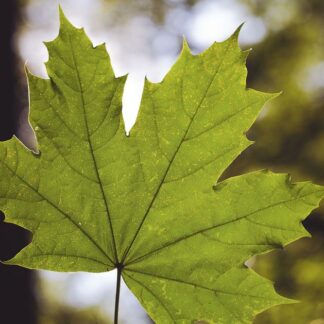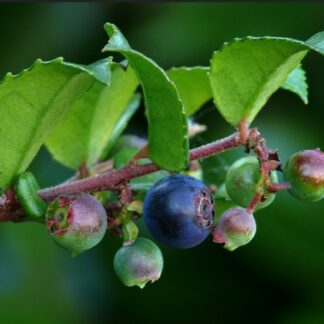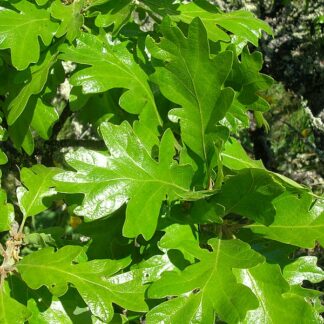Description
Sold in bundles of 10.
At a Glance: Large deciduous tree
Height: Up to 80 feet tall
Bark: Light grey with thick furrows and ridges
Leaves: Deeply lobed deciduous leaves
Fruits: Edible acorns
Appeal: Does well in well-drained prairie soils. Acorns are a great wildlife attractant!
Helpful Tips: Does best in well-drained soil with partial shade. Slow growing, but tolerant of drought and over-watering once established. Click HERE to determine your recommended planting density.
| Sun/Shade Tolerance | Hydrology | Elevation Range |
|
full sun > 80%
mostly sunny 60%-80%
partial sun and shade 40%- 60%
mostly shady
|
moist
dry
|
low elevation
|
| Wildlife Value | ||
|
Acorns
|
Acorns attract wildlife. Tree provides habitat for wide range of mammals, birds and insects. | |
Livestock Toxicity: All species of Oak trees are toxic to cattle, sheep and horses. Though the toxin responsible is unknown, it is suspected that high levels of tannic acid is responsible. Acorn poisoning in the fall and winter is more common, especially in young calves, but problems can arise from the consumption of buds and tender oak leaves as well. Oak toxicity is at its highest when the plant is budding and leafing. Common signs of oak toxicity include weakness, constipation then diarrhea and blood in urine.
References:
Pojar, Jim, and Andy MacKinnon. Plants of the Pacific Northwest Coast: Washington, Oregon, British Columbia & Alaska. Revised ed. Redmond, Wash.: B.C. Ministry of Forests and Lone Pine Pub., 2004. Print.”Sound Native Plants.” Sound Native Plants. Web. 31 Oct. 2014. www.soundnativeplants.com.

